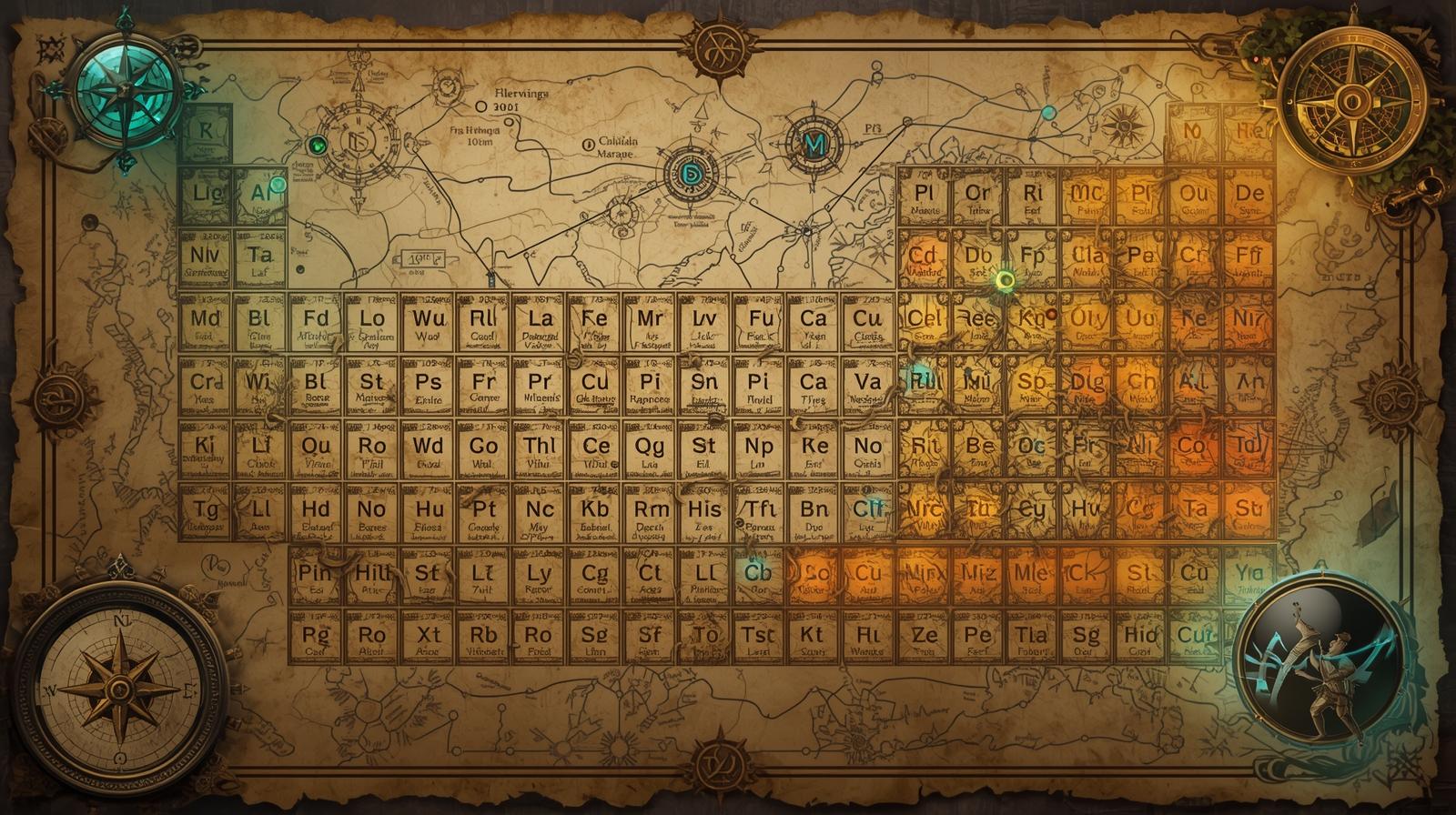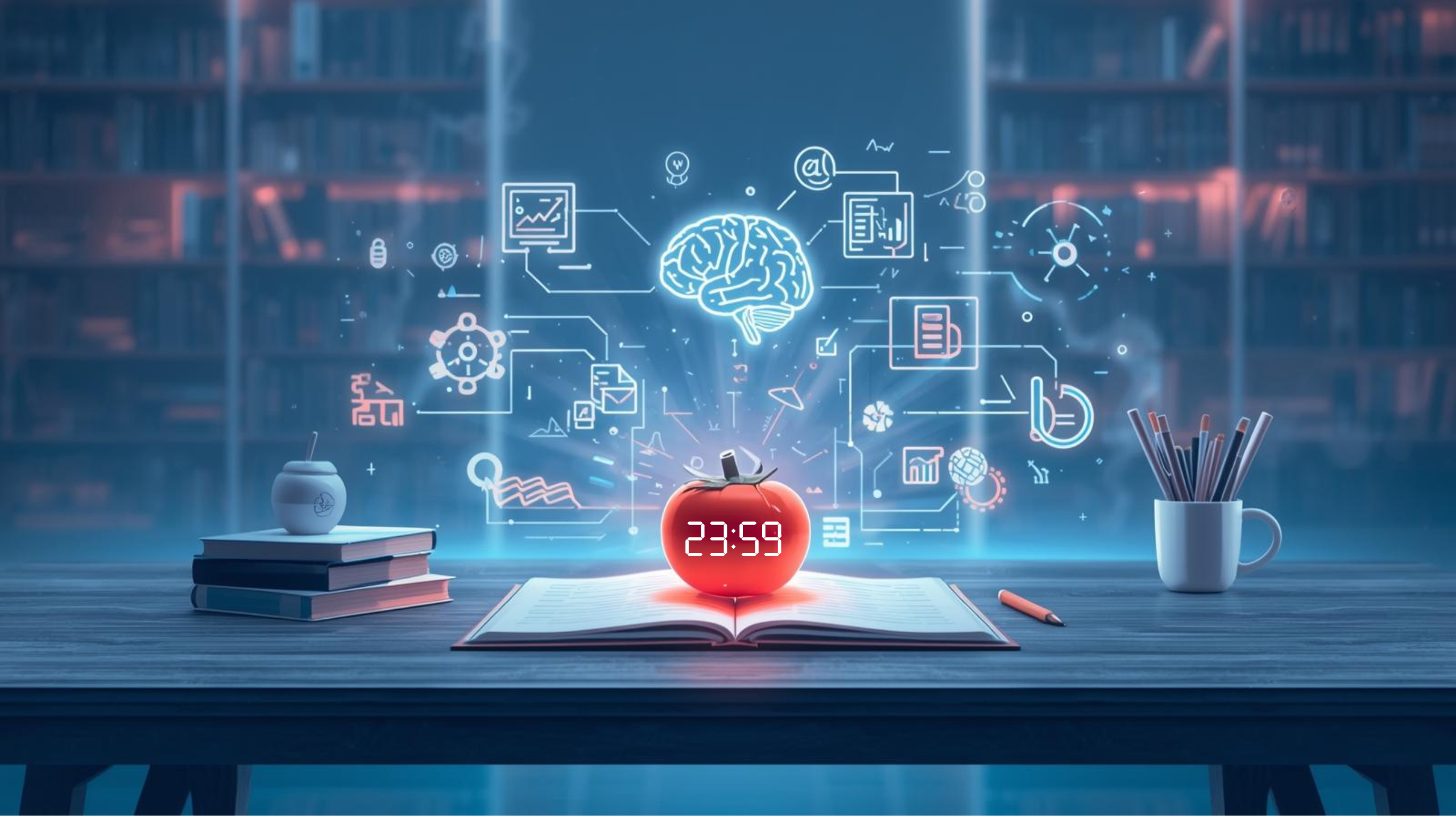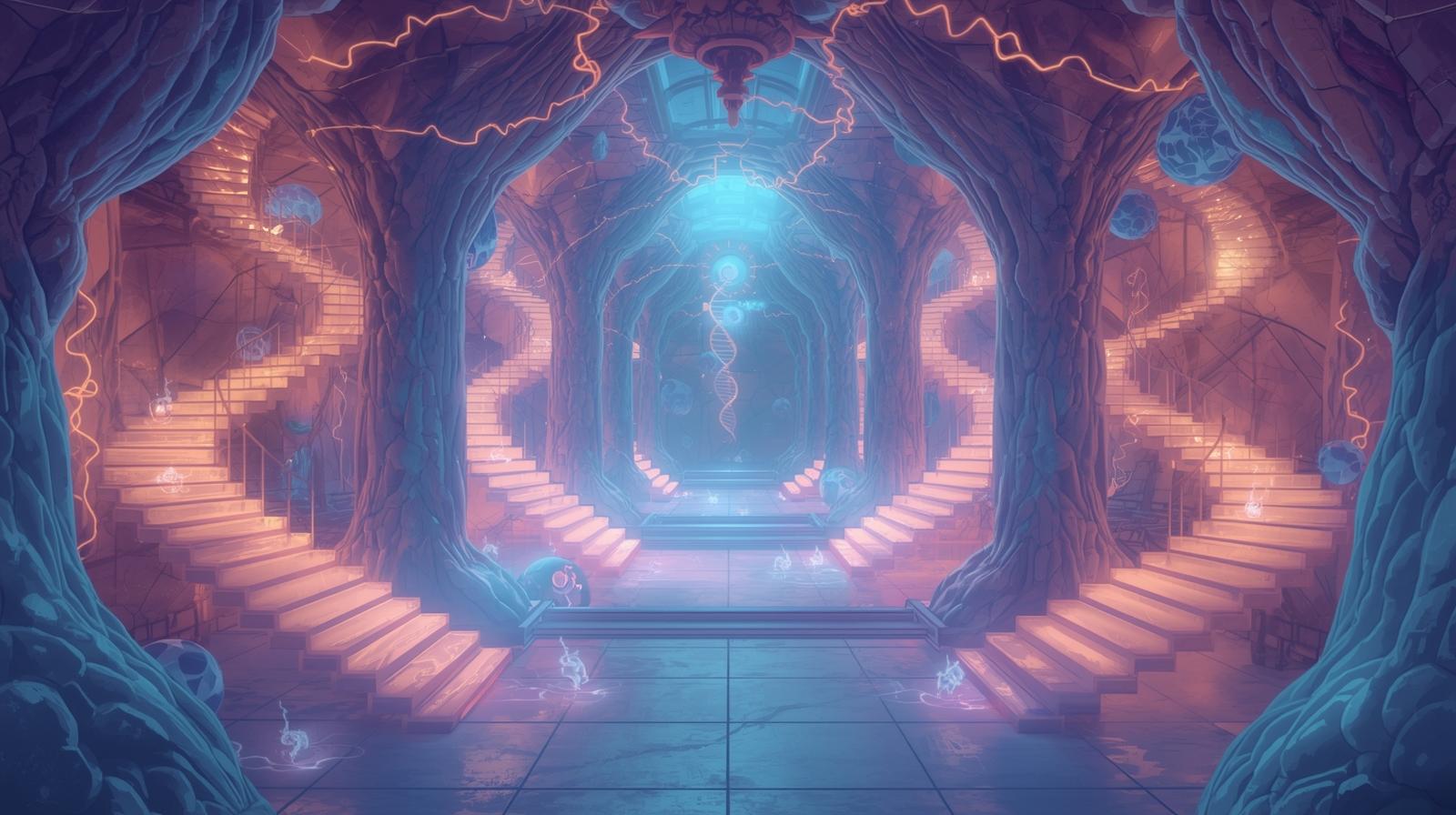
The Memory Palace Method: Your Secret Weapon for Conquering Biology
Do you ever feel like your brain has a leak when it comes to biology? You pour hours into reading about the Krebs cycle, the process of mitosis, or the human nervous system, only to find the information has vanished by the time you need it for an exam. You’re not alone, and it’s not your fault. The problem isn’t a lack of effort—it’s the method.
Rote memorization is a flawed strategy for a subject as visual and interconnected as biology. But what if you could hack your brain’s natural wiring for memory? What if you could transform the tedious task of memorization into a creative, even fun, activity?
The answer lies in a 2,500-year-old technique used by Roman orators to remember hours-long speeches: the Method of Loci, more famously known as the “Memory Palace.” This guide will show you how to adapt this powerful method, supercharged with modern tools like StudyWizardry, to conquer biology once and for all.
Why Your Current Study Methods Are Failing You
Biology is dense with terminology, multi-step processes, and complex systems. Your brain struggles to hold onto abstract names and concepts because they lack context and emotional resonance. Passive reading and re-writing notes engage only a superficial level of cognitive processing.
The Memory Palace works because it leverages your brain’s innate strengths: its exceptional ability to remember visual images, spatial locations, and bizarre stories. By connecting dry biological facts to these strong mental hooks, you move information from your short-term memory into your long-term recall with remarkable efficiency .
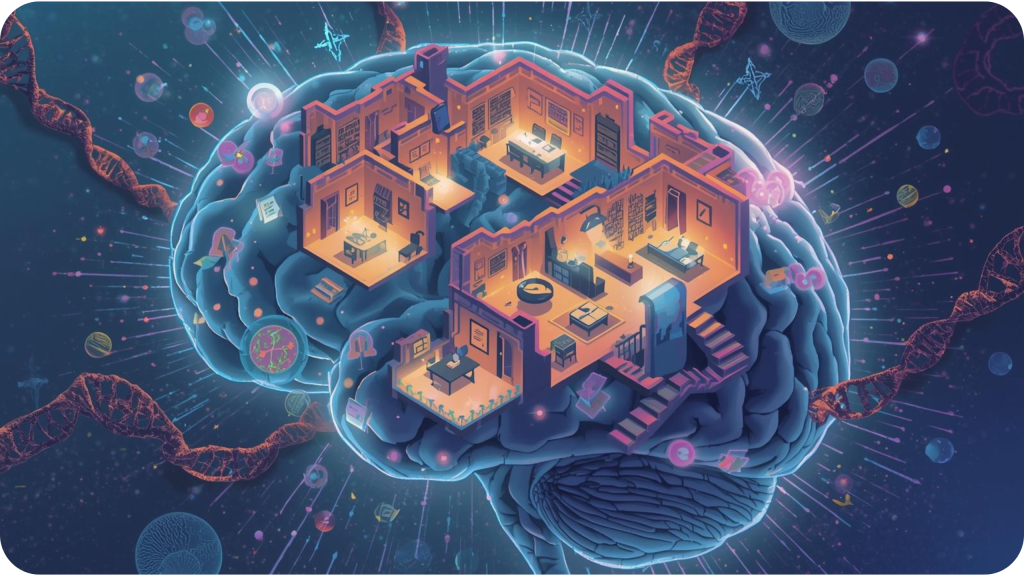
🧠 What Exactly is a Memory Palace?
A Memory Palace is a mental construct of a familiar physical space—like your home, your school route, or your favorite coffee shop. Within this space, you “place” vivid, exaggerated images that represent the information you need to remember. To recall the information, you simply take a mental walk through your palace and observe the images you left there.
It might sound like a gimmick, but it’s a method validated by memory champions and cognitive scientists. It works by creating strong, unusual associations that your brain is compelled to hold onto.
Your 5-Step Blueprint to Building a Biology Memory Palace
Let’s make this practical. We’ll use the human digestive system as our example.
✅ Step 1: Choose Your Palace
Select a location you know intimately. The more familiar, the better.
- Excellent choices: Your childhood home, your daily commute to school, your local shopping mall.
- Pro Tip: You can have multiple palaces for different subjects. Your home could be for Biology, your school for Chemistry, etc.
✅ Step 2: Chart a Specific Route
Consistency is key. Define a clear, repeatable path through your palace.
- Example Path (Using Your Home): Start at the front door → walk into the living room → proceed to the kitchen → turn into the hallway → enter your bedroom → finish in the bathroom.
- Stick to this exact sequence every time. This creates a reliable structure for your memories.
✅ Step 3: Identify Your Storage “Loci”
“Loci” (the plural of “locus”) are the specific spots along your route where you will place your images. Choose prominent, distinct features.
-
Example Loci (Following the path above):
- The front door
- The sofa in the living room
- The refrigerator in the kitchen
- A picture frame in the hallway
- Your bed in the bedroom
- The shower in the bathroom
✅ Step 4: Create Wild, Unforgettable Images
This is where the magic happens. You must convert the biological term or step into a visual that is vivid, bizarre, exaggerated, and engaging.
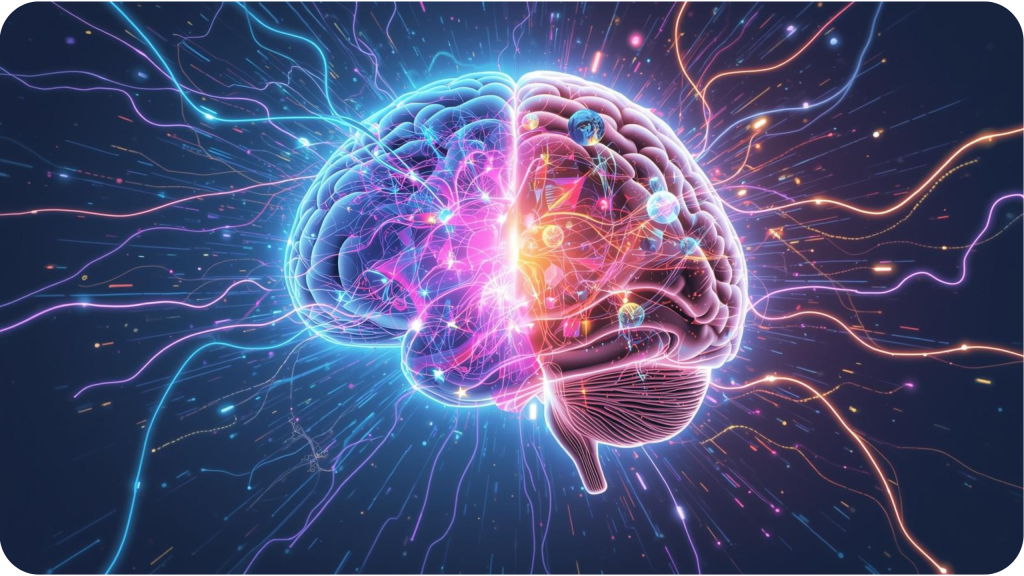
Let’s populate our palace with the organs of the digestive system:
-
1. Mouth (at the Front Door): Imagine your front door is a giant, talking pair of LIPS. It’s chewing a gigantic, juicy steak and saliva is dripping onto the welcome mat. You have to wipe your feet on the tongue-shaped mat to enter.
-
2. Esophagus (on the Living Room Sofa): Picture your sofa not as a sofa, but as a giant, slithering ANACONDA. You sit down, and it slowly swallows the steak whole, pushing it down its long, tube-like body.
-
3. Stomach (inside the Kitchen Refrigerator): You open the fridge, and instead of food, you find a grotesque, bubbling, green ACID VAT. The steak from the snake plops into it with a loud sizzle. A hand mixer (representing churning) is sticking out of the vat, whipping the contents around.
-
4. Small Intestine (in the Hallway Picture Frame): The picture frame doesn’t have a photo; it contains a long, coiled SLIPPERY SLIDE or a garden hose that stretches as far as you can see. Little specks of nutrients are being absorbed through its walls.
-
5. Large Intestine (on your Bed): Your bed is now a thick, SPONGY TUBE soaking up water from the remaining mess. Imagine it’s a brown sponge (keep it silly) to help with the association.
-
6. Rectum/Anus (in the Bathroom Shower): The drain of the shower is a final, winking exit point, flushing the waste away.
Notice how these images are not normal. The bizarreness is what makes them stick.
✅ Step 5: Take the Walk and Review
Close your eyes and mentally walk through your palace. See each image clearly. The act of recall strengthens the neural pathways. Do this a few times, and you’ll have the entire digestive system memorized in order.
Supercharge Your Palace with StudyWizardry
This ancient technique becomes unstoppable when combined with your modern study toolkit. Here’s how to integrate StudyWizardry into the process:
-
Use the AI Note Maker to Draft Your Palace: Before you even start memorizing, use the app to outline your palace, your route, and the images you’ve created for each concept. This becomes your master reference document. Writing it down is a powerful act of consolidation .
-
Create Flashcards for Image Triggers: Use the Flashcards feature to lock in the associations. On one side, put the term “Stomach.” On the other, describe your image: “The bubbling green acid vat inside my kitchen fridge.” Use the built-in Spaced Repetition system to review these cards, ensuring you never forget your own creative creations .
-
Leverage the PDF & Video Summarizer: Overwhelmed by a 50-page textbook chapter on the nervous system? Use the summarizer to extract the key parts you actually need to memorize. This saves you time and helps you identify the perfect concepts to place in your next Memory Palace.
-
Let the AI Study Planner Schedule Your Reviews: The forgetting curve is real. Input your study sessions into the AI Study Planner and it will automatically prompt you to “take a walk” through your Memory Palaces a day, a week, and a month later. This moves the information firmly into long-term storage .
🧪 Advanced Application: Memorizing the Krebs Cycle
Let’s tackle a more advanced topic to prove this isn’t just for simple lists. To memorize the Krebs cycle intermediates:
-
Palace: Your local park.
-
Route: Bench → Oak Tree → Pond → Swing Set → Water Fountain.
-
Images:
- Citrate (Bench): A SITRUS fruit (sounds like “citrate”) is sitting on the bench, judging everyone who walks by.
- Isocitrate (Oak Tree): The tree is covered in ICE and SITRUS fruits (ICE + SITRUS = Isocitrate).
- Alpha-Ketoglutarate (Pond): A giant KETTLE (Ket) full of GLUE (glutar) is floating in the pond, and it’s on FIRE (ate). It’s an ALPHA male kettle.
- Succinyl-CoA (Swing Set): You’re swinging on a swing made of SUCKERS (Succinyl) that are tied together with COAXial cable (CoA).
- Succinate (Water Fountain): The water fountain is spraying SUCKER-flavored (Succinate) water.
By creating this vivid, connected story, you’ve memorized a complex biochemical pathway that most students dread.
📊 Comparison: Memory Palace vs. Rote Memorization
The table below highlights why the Memory Palace is a superior strategy for biological information.
| Feature | Rote Memorization | Memory Palace Technique |
|---|---|---|
| Engagement | Passive, repetitive | Active, creative, and engaging |
| Brain Systems Used | Primarily short-term memory | Visual, spatial, and emotional memory |
| Retention | Fades quickly (Forgetting Curve) | Long-lasting, strong neural pathways |
| Application | Simple lists | Complex processes, sequences, and systems |
| Fun Factor | Low (tedious) | High (like a mental game) |
🚀 Conclusion: Stop Memorizing, Start Building
Memorizing biology doesn’t have to be a chore. By building Memory Palaces, you are not just stuffing facts into your brain; you are constructing an organized, easily accessible mental library. You are learning to think in pictures and stories, which is how your brain is wired to work.
The initial effort to create a palace is an investment that pays massive dividends during exam season, when you can recall entire chapters just by taking a five-minute mental walk.
Your journey to becoming a biology master starts now. Download StudyWizardry, use the AI Note Maker to sketch your first Palace, and transform the way you learn forever.
Yes! The effectiveness of the Memory Palace relies on creating strong associations, not necessarily on having a "photographer's memory." The key is the bizarreness and personal relevance of your images. Even if your mental image is fuzzy, the act of creating a weird story for a specific location will cement the memory far better than rereading text.
A single, well-known palace can hold dozens, even hundreds of items if your route is long enough. However, for organizational clarity, it's often better to create multiple smaller palaces for different topics (e.g., one for Digestive System, one for Neurotransmitters, one for Plant Biology).
It seems counterintuitive, but no. The images act as a highly efficient retrieval cue. Your brain finds it much easier to remember "the acid vat in my fridge" than the abstract term "stomach with churning and hydrochloric acid." The image is the key that unlocks the factual information.
The biggest mistake is creating images that are too bland and logical. "A stomach in the fridge" is okay, but "a bubbling, green, grotesque acid vat that's churning with a hand mixer" is unforgettable. Embrace the absurdity!


